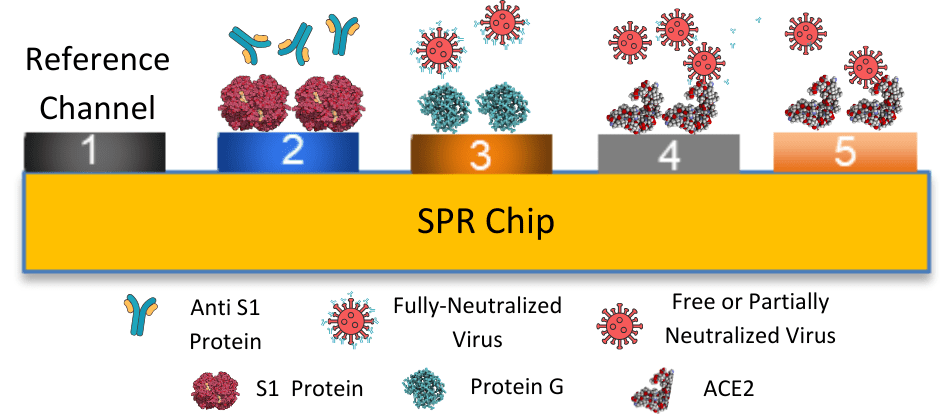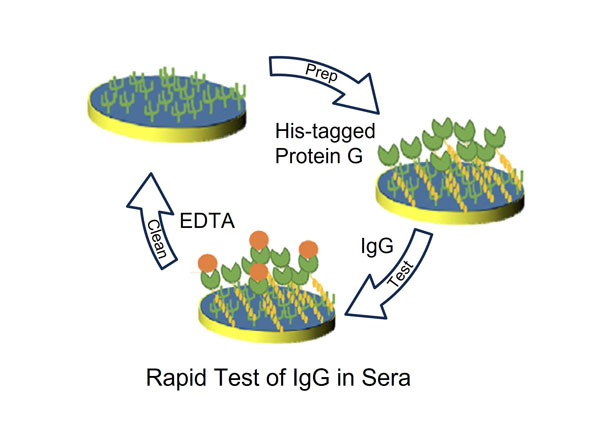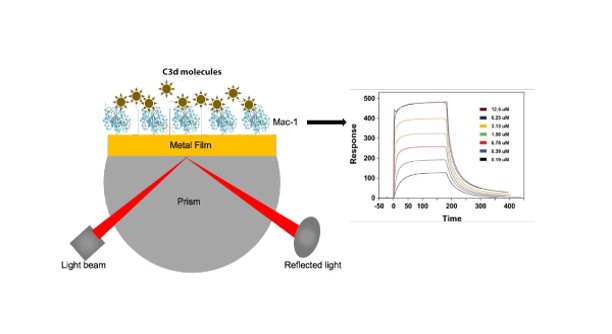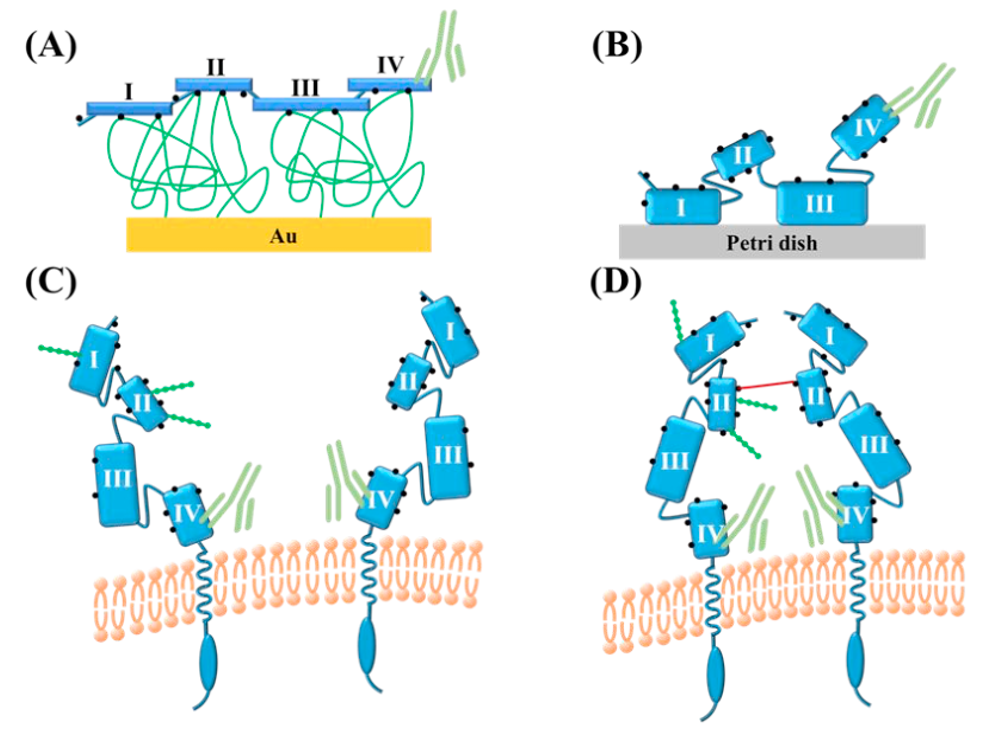Application Note 171: Probing the Role of Dissolved CO₂ in Electrochemical Interfaces via EC SPR

Carbon dioxide (CO₂) capture is a key approach to addressing the present climate crisis because of over emission of greenhouse gases. As the dominant human-made cause of global warming, CO₂ …
Application Note 168: Enhanced SPR Detection of Small Molecules and Bacterial Markers Using Directionally Immobilized Aptamers on Engineered Nanoplatforms

Aptasensors have rapidly become informative tools in modern diagnostics due to their fast response, excellent specificity, and readability for a large range of complex samples. Biosensors exploit the unique molecular …
Application Note 166: Probing Redox Interactions Between Microbial EPS and p-Nitrophenol Using Electrochemical Surface Plasmon Resonance

Microbial extracellular polymeric substances (EPS) with redox functional groups play a vital role in the bioconversion of pollutants, which can affect their reactivity toward diverse environmental pollutants. However, the redox …
Application Note 164: Simultaneous Analysis of Binding Interactions using Multi-Channel SPR

Entry level surface plasmon resonance (SPR) tools with dual channels have only one measurement point since the other channel is always used as a reference.1 Therefore, increasing efforts have been …
Application Note 161: Surface Plasmon Resonance Identifies Lysozyme Interaction with Tannic Acid

Lysozyme (LZM) is found in body secretions like saliva, and it can catalytically hydrolyze peptidoglycans and exert catalysis-independent antimicrobial properties.1 Additionally, it is a valuable component in pharmaceutical and food …
Application Note 155: Rapid Determination of IgG in Sera using BI-4500A SPR System

IgG deficiencies could be a major reason for impaired humoral immunity, whereas very high IgG levels could be a result of chronic infections, autoimmune disorders, and allergies.1 The levels of …
Application Note 154: Determination of Active Concentration Using Calibration-free Methods

Kinetics of an antibody-antigen interaction forms the basis for immunological response and antibody therapeutics,
which is one of the fastest areas of growth in the pharma industry. Affinity and avidity of antibodies are the characteristics which define the overall efficacy of binding kinetics.
Application Note 152: Binding Studies of an Integrin and its Mutants using BI-4500

Integrins are heterodimeric receptors which help in cell adhesion and are ubiquitous to all metazoans.1 They also play a vital role in numerous cellular processes including cell growth, proliferation, differentiation, …
Application Note 147: Variations in the Binding Kinetics of Native and Recombinant Protein Receptors

The long and arduous process of drug development involves screening of drug candidates by determining their affinities towards a cellular target and the kinetics of the interactions. A variety of …
Application Note 145: KINETIC MEASUREMENTS OF COVID-19 VIRAL S1 PROTEIN WITH CELLULAR AND RECOMBINANT ACE2 RECEPTORS

The pandemic due to the SARS-CoV-2 continues to evolve and remains an international concern. Covid infection is caused by the air-borne coronavirus 2 (SARS-CoV-2) and its mutants. The viral invasion …
